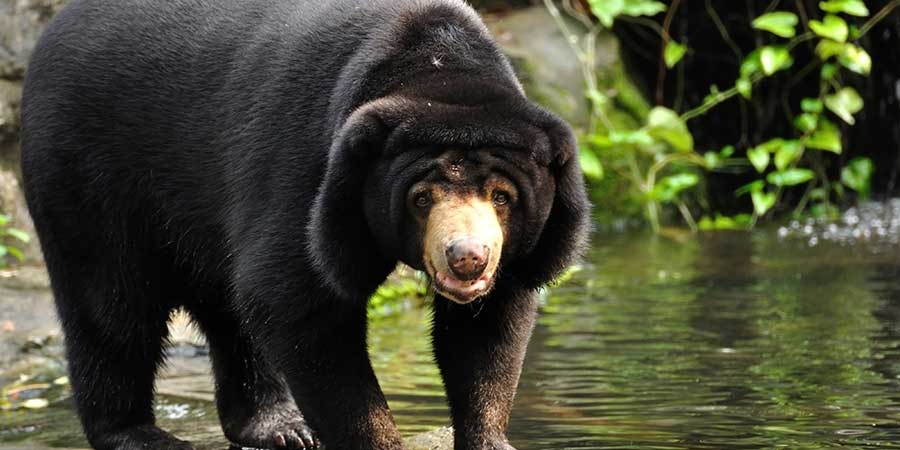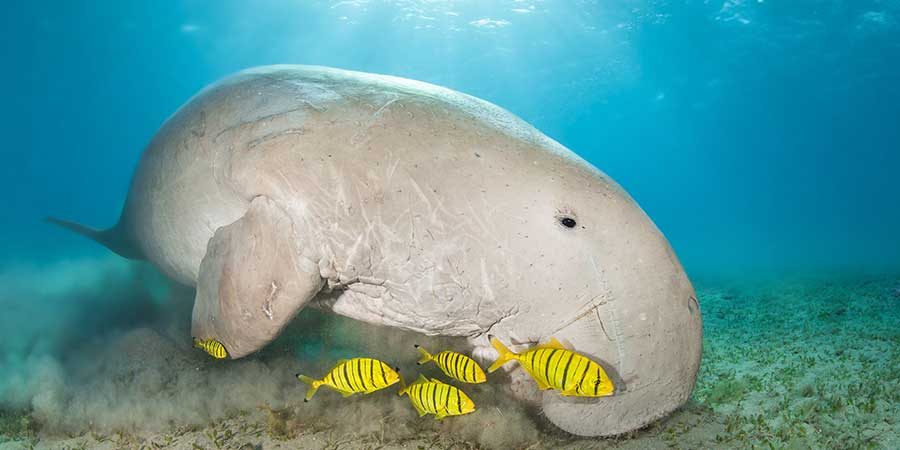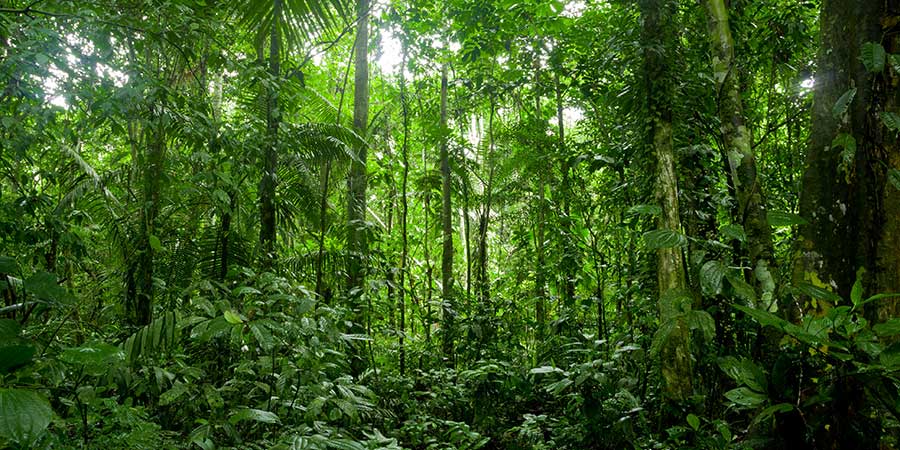Dame Judi Dench has spent the last couple of bringing the stories of endangered animals in South-East Asia into our living rooms. Many of these creatures are facing habitat destruction due to deforestation, or are feeling the effects of poaching, illegal animal trafficking, and food shortages related to climate change. Along with David Attenborough, their messages are gaining more and more traction in the public sphere, which can only be a good thing, but awareness is key. That's why we want to tell you about five of the more enigmatic animals in this region, some you may never have heard of before.

1) Sun Bears are notoriously reclusive, lumbering their way through the jungles and rainforests of southern China, eastern India and even Indonesia. Their cheerful name comes from their chest markings, which are golden or white in colour and somewhat resemble a sun. The smallest member of the bear family, they're about half the size of an American Black Bear and, slightly ironically, are nocturnal. Their diets are pretty inclusive too, and sun bears will eat berries, fruit, insects, small reptiles, and birds. They'll also make a tasty snack from termites and honey, which they can reach with their long claws and even longer tongues. While their isolated natures are most likely an attempt at self-preservation, it does make studying them rather difficult and over the years, their numbers have sadly dwindled because of deforestation, hunting and 'pest' control. Local hunters shoot them for eating their crops.
2) Tarsius Tarsiers (also known as Spectral Tarsiers) are some of the smallest primates on the planet. Their large brown eyes are specially adapted for low light as they spend all day in their roosts, only emerging at twilight. Surviving on insects and occasionally small vertebrates, they also have oversized ears to help them locate their food source. And once the hunt is on, they can perform some surprising acrobatics for their diminutive size. Despite being roughly the size of a can of coke, they can leap an incredible six metres between trees. Sadly, Tarsius Tarsiers are now officially considered 'vulnerable' and are at risk of becoming extinct due to human-induced habitat loss and degradation.

3) Found hanging out in the warm seas of the Indian Ocean, the Dugong lives off underwater grass and is completely herbivorous. A close relative of the manatee but with dolphin-type tails, Dugong's are affectionately known as the 'angels of the sea' because of the gentle temperaments. Unfortunately, it's this natural curiosity and sweet-naturedness that in part puts them at risk. The numbers of mature adults are falling, and the culprits of their decline include the fishing industry, sea pollution, and expanding fishing lanes.
4) Rusty-Spotted Cats are possibly the cutest entry on our list, and are the world's most petite cat. They make their home predominantly in the forests of Sri Lanka and fully-grown, a Rusty-Spotted Cat would easily fit in the palm of your hand. They are solitary animals, like many cat species, but unlike other felines, feel completely at home in water. There are thought to be less than 10,000 left in the wild and because the data on them is so scarce, they are commonly mistaken for leopard cubs, then hunted for their skins and meat or smuggled out of the country to become illegal pets.
5) Draco Lizards are so named because of their ability to fly, much like their mythical relation - the dragon. They have evolved to soar through the rainforest in order to avoid the dangerous forest floor, where they might get munched up by predators, and have retractable ribs that act as wings when they need to make themselves scarce. They glide on wind currents and can travel up to 30 feet in one go, even though they are just eight inches long. They live predominantly in wooded areas of the Philippines and Borneo and happily, population numbers are flourishing.
The human impact on our natural world is undeniable, and there's a long way to go yet. If you want to make a difference, there are some conservation charities doing sterling work on behalf of these fantastic creatures; The Borneo Sun Bear Conservation Centre, Malaysia, Elephant Nature Park, Chiang Mai, Thailand, The Tatsikoki Centre, Sulawesi, Indonesia, and The International Animal Rescue's Orangutan Rescue & Rehabilitation Centre, Ketapang, Indonesia.






